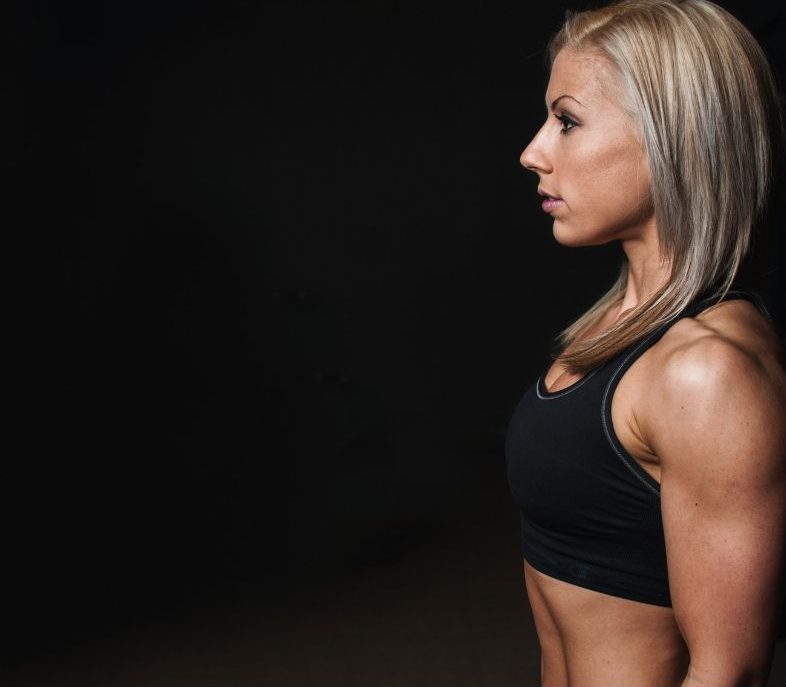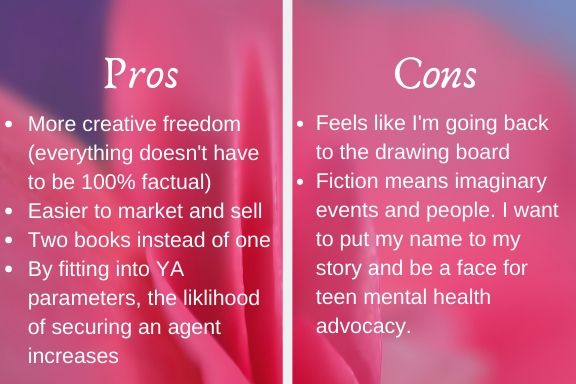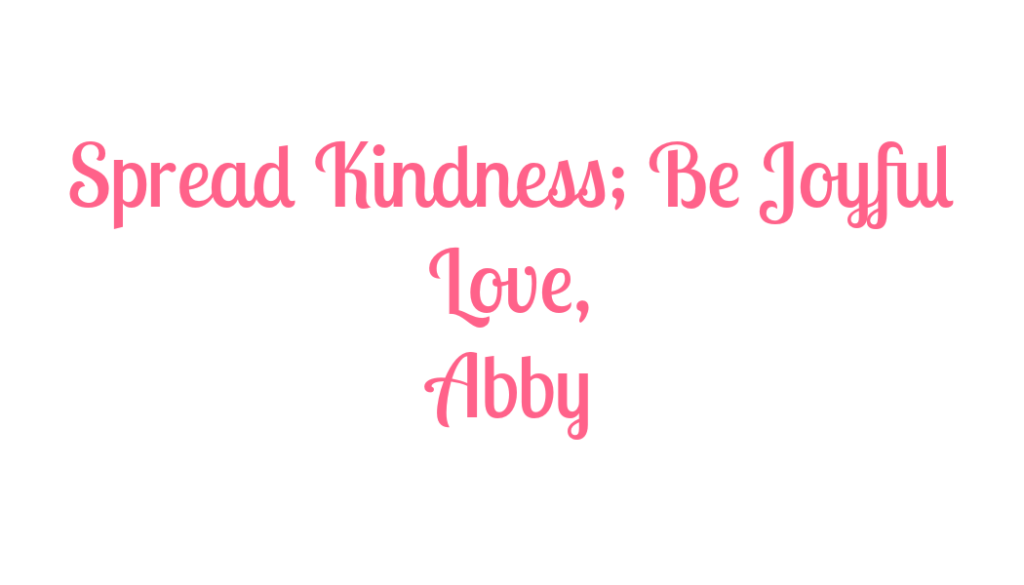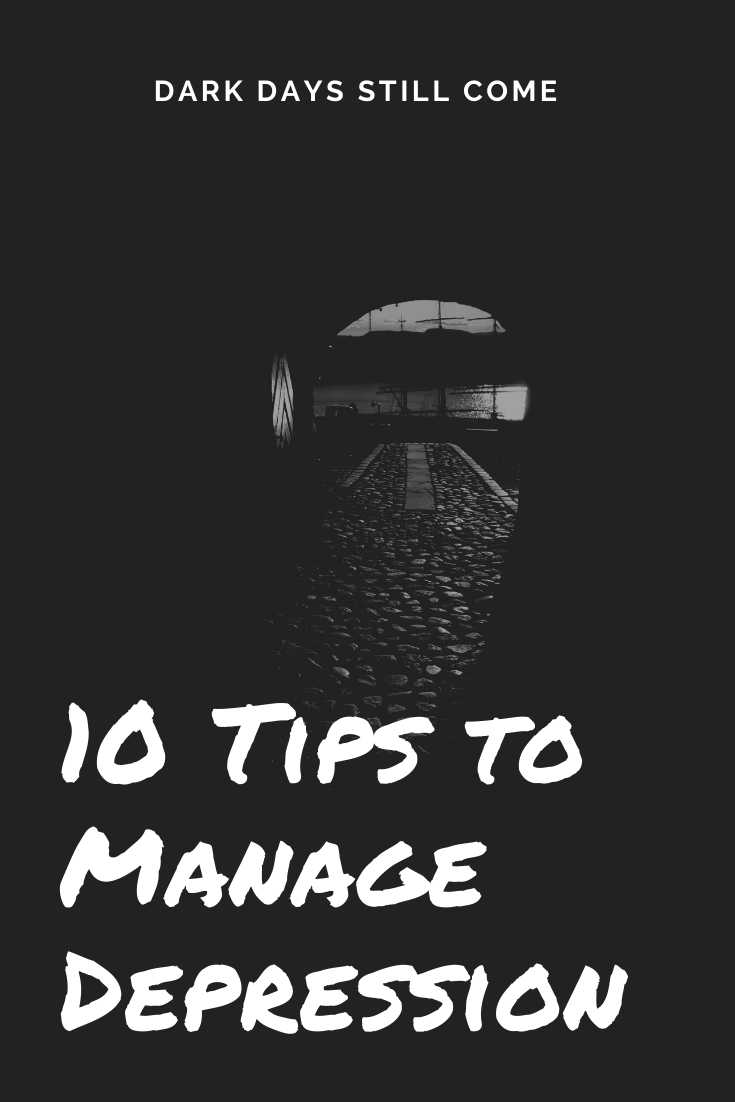
Stronger, Not Easier
My gym always has motivational quotes on the dry erase board. Today’s said, “It doesn’t get easier. We get stronger.” But the quote didn’t make me think about the number of push ups I can do or how long I can hold a plank. Instead, I’m thinking about my book.

I haven’t written about the Authorpreneur Conference I attended a few weeks ago in Red Bank, NJ yet. More on that soon…
Today, I want to share my biggest takeaway which came after the conference, during my phone consultation with Marisa Corviserio – Founder of Corvisiero Literary Agency. We talked specifically about my manuscript and writing goals. This is the feedback she gave me:
Consider making it fiction and age the story down for a young adult audience (age 12-18). Memoir is a harder category to sell, especially without a platform, whereas YA Fiction is hot right now. Cut the manuscript down to 75K words (I’m currently at 90K) and pitch it as ‘own voices.’ (Own voices means that the writer shares a marginalized trait with their protagonist. In my case, it’s a clinical depression diagnosis and being a survivor of suicide loss).
She also made the point that 15-year-olds aren’t reading the same books as 30-year-olds. I’ve been pitching my manuscript as ‘young adult with adult crossover appeal.’ Reason being, suicide is the second leading cause of death in people age 15-29. This also happens to be the age range of my story as it unfolds.
If I heed the agent’s advice, then I’m going back to the beginning with a young adult (YA) audience in mind. I’m also looking at two books instead of one, considering the YA book would end at age 18. And this isn’t the first time it’s been suggested that I split the manuscript into two different stories. Still, I’ve got mixed emotions about the feedback.
My mama always told me to make a ‘Pros and Cons’ list whenever I’ve got a big decision to make. So…
To re-structure my manuscript so it fits into YA Fiction Parameters:

My ultimate goal is to help teenagers who suffer from depression, bi-polar disorder, and trauma. To make a significant impact, I need to create books that are marketable and easy to sell to publishers. And yep, I said ‘books,’ plural. Writers write. So that’s exactly what I’ve got to do.
When I originally sat down to write my story, I wasn’t thinking about the publishing industry. Truth be told, I barely knew anything about it back then. I’ve learned a ton over the past few years, and with knowledge comes growth, improvement, strength, and sometimes… re-direction. Plus, agents want to work with writers throughout their careers. It’s not a ‘one and done’ relationship, and the idea of securing a 3-book deal, for example, really excites me!
I’ve wanted to be a writer since I was 10 years old, and I have lots of books inside of me. Yea, maybe it’s taking longer than I’d hoped, but the best things in life are worth the wait. So I’m putting the brakes on pitching agents for now. Marisa already told me that she’d be happy to take another look at my project if I make her suggested changes.
Therefore, I’m splitting the book into two different stories. The first will be my YA novel. I can still say that it’s inspired by a true story even if I categorize it as fiction. I like the idea of having more creative freedom, and there won’t be any limits, in terms of what I can and can’t say (with non-fiction, it has to be 100% factual). This will enable me to build more compelling story lines and characterization.
The next book will be a sequel intended for a New Adult audience (twenties). What I’ve already written will still be utilized; it will just be stretched and re-structured. I can do this. I will do this.
To all who’ve been following along and supporting me on my journey towards publication: thank you. Your good vibes certainly help! This isn’t an easy road to navigate, but I’m on it until I reach my final destination.





